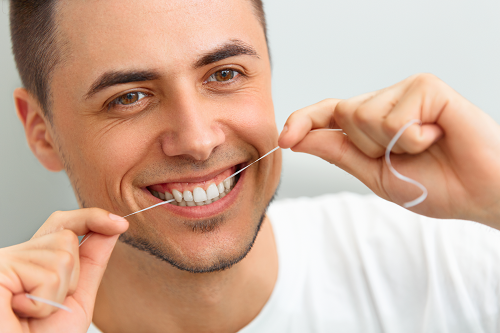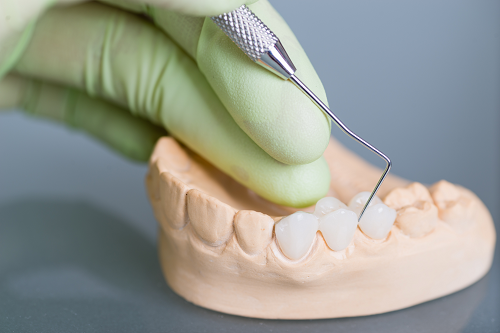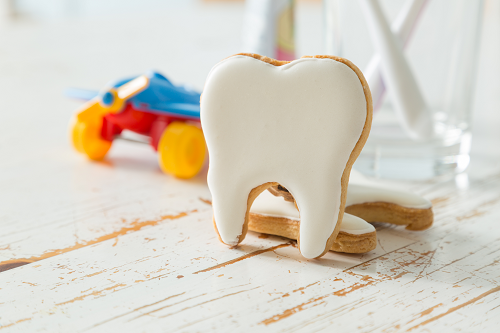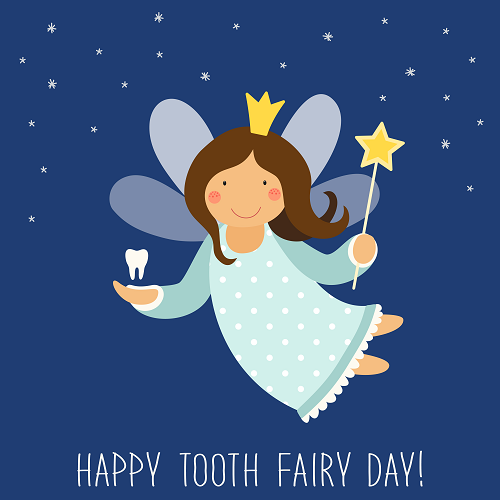Next to brushing, flossing is the most important thing you can do to protect your teeth. While brushing works to remove biofilm from the teeth – keeping it from hardening into dental plaque – flossing protects the spaces between your teeth. They’re just as important!
As a family dental practice, the team at Landmark Dental Group hears a lot of questions about flossing. It’s easy to get confused about flossing, because there’s a lot of incorrect information out there. Not to worry … let’s get the facts about flossing!
When It Comes to Great Dental Health, Flossing is Worth the Effort
Ideally, you should floss at least once a day – in the evening, after dinner. Of course, many people floss only occasionally. Researchers estimate that about 27% of adults lie about flossing. Of course, the number may be even higher. Up to 33% of Americans never floss at all.
So, what’s the big deal about flossing? It’s more important than you might think!
Flossing protects you from invading bacteria that feed on food particles between teeth. Just like the front and top surfaces of teeth, these hidden surfaces can be subject to decay or cavities. If you don’t floss, bacteria can fester in hard-to-reach areas for days or even weeks at a time.
Flossing has a number of other important benefits:
- It helps safeguard against inflammation that can damage gums and cause them to recede;
- It works to promote better blood flow in the gums, which promotes overall dental health;
- It keeps you more engaged in dental health, so you’ll remember to brush more frequently.
Want to Enjoy the Benefits of Flossing? Try Making it Easier
At our family dental practice, we’ve heard everything you can imagine about why flossing can be difficult, annoying, or boring. Guess what? We understand completely! Flossing can sometimes be inconvenient, and might even cause little aggravations like temporary bleeding of the gums.
Still, flossing even two or three times a week is better than skipping it!
To make flossing into a habit you can stick with, consider these methods:
- Try dental picks to dislodge larger food particles from between teeth before brushing;
- Use floss attached to a convenient handle to more easily access difficult-to-reach areas;
- Try using a water flosser, which uses a gentle jet of water to clean between the teeth;
- Commit to one minute of uninterrupted flossing each time you finish brushing teeth.
Your Family Dental Practice Can Advise You on Flossing
If you feel uncomfortable with flossing, you’re not alone. Still, the best way to protect your mouth now and in the future is to find the approach to flossing that works for you. At Landmark Dental Group, we can help you reduce discomfort and achieve great results with flossing.
At Landmark Dental Group of Santa Cruz, we work with patients of all ages and needs as a true family dental practice. Don’t wait: Contact us today for more information or to set your appointment. We look forward to seeing you!



















 Web Design by Sleepless Media
Web Design by Sleepless Media